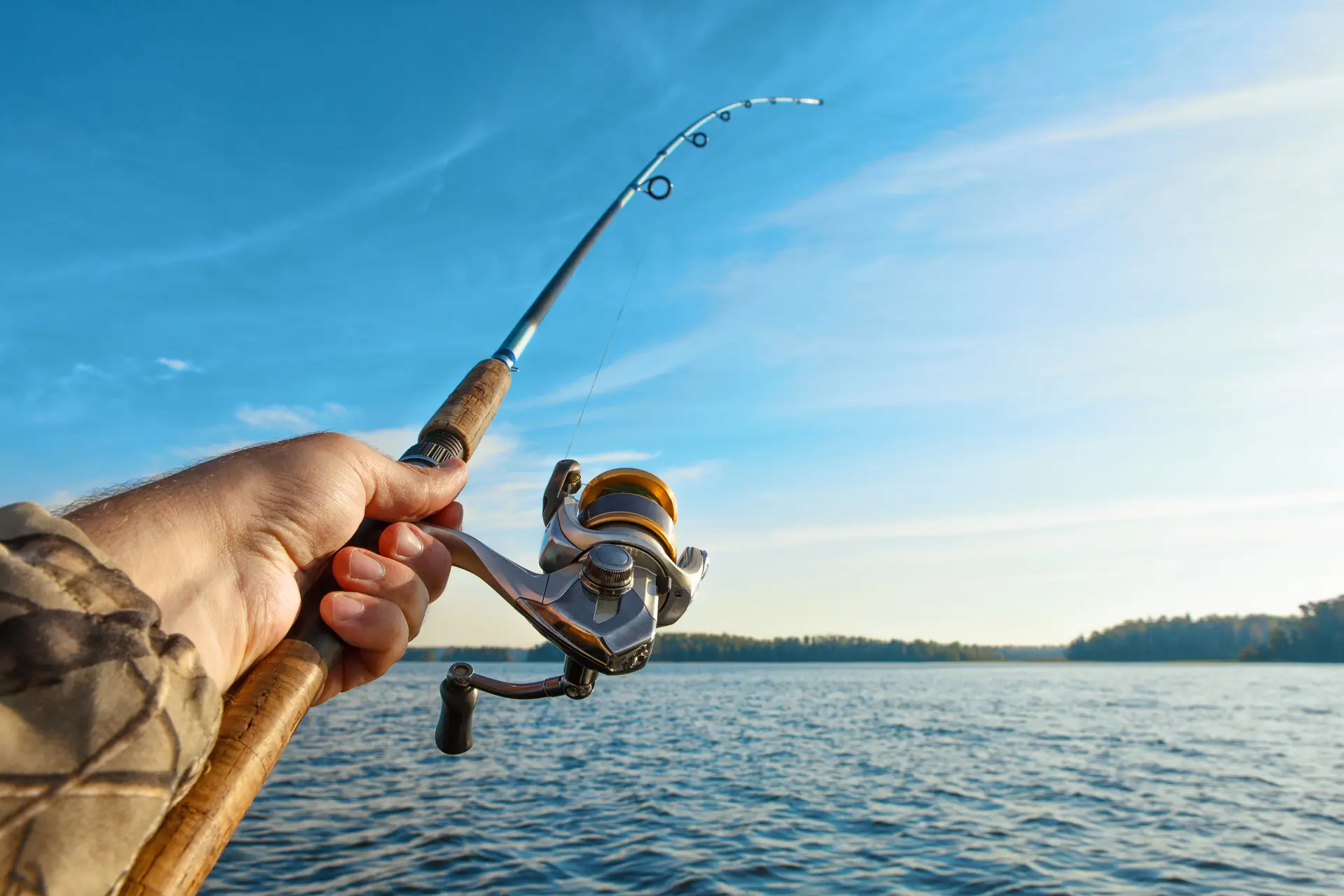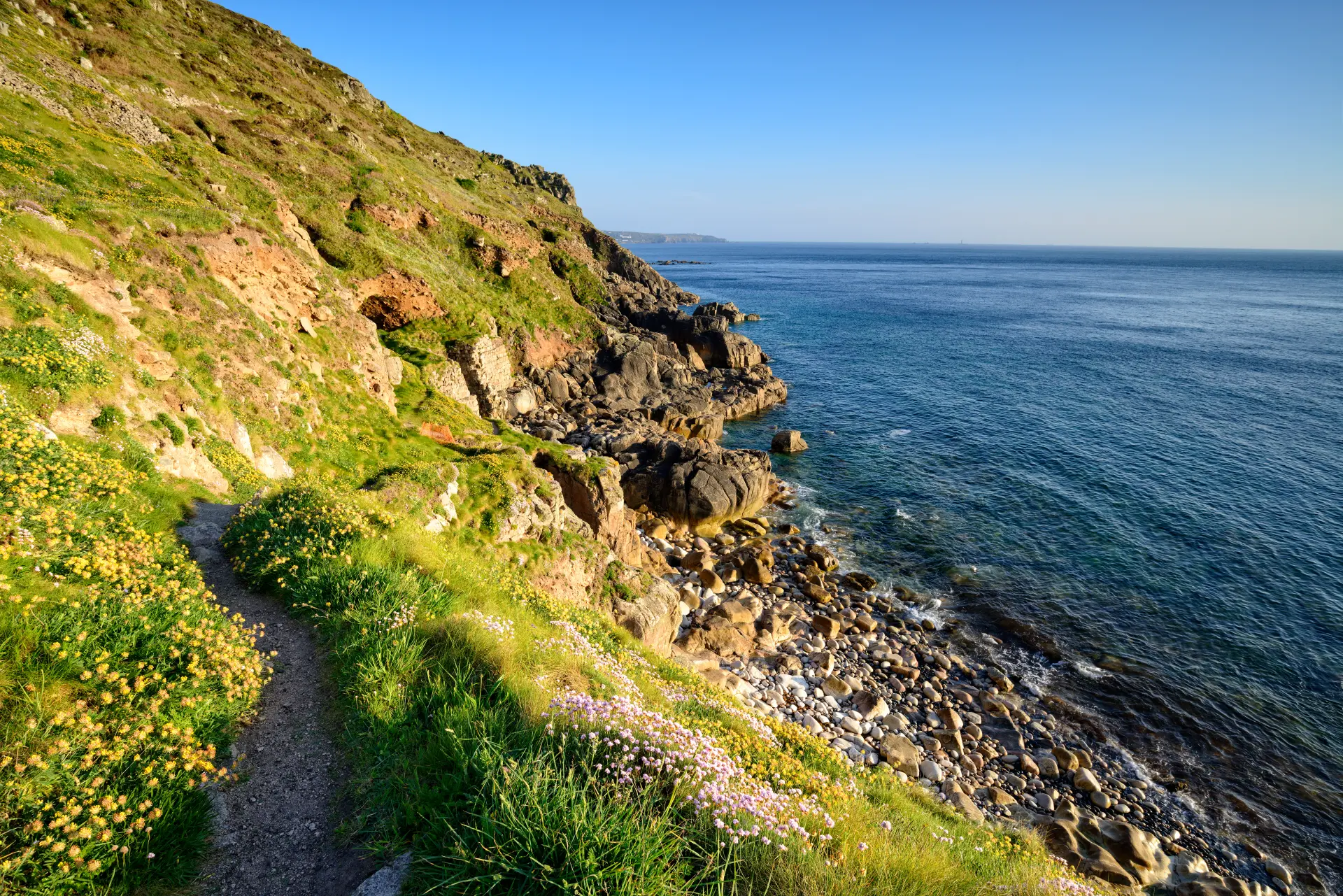Learn about the best conditions for pollock fishing, from seasonal patterns and weather to tides and water movement, so you can increase your chances of a successful catch along the Cornish coast and beyond.
Understanding Pollock and Their Habits
Pollock are one of the most popular sport fish found in UK waters, known for their strong fight, fast runs, and abundance around wrecks, reefs, and rocky coastlines. They are predatory fish that rely on speed and cover, often feeding on smaller fish such as sand eels, sprats, and juvenile mackerel. This makes them a thrilling target for anglers who enjoy the challenge of lure or bait fishing in deeper waters.
These fish typically stay close to structure where baitfish gather, using depth and cover to ambush prey. They move through the water column depending on light and tide, sometimes feeding close to the surface and at other times holding deep. By learning about their feeding habits, favoured hiding places, and reactions to changing conditions, anglers can select the right approach to increase their chances of success.
Pollock can be caught from both the shore and boats, but deeper offshore marks often hold larger specimens. These heavyweight fish are a prized catch, with some exceeding double figures in weight, making them a highlight of many Cornish fishing trips.
The Best Time of Year for Pollock Fishing
While pollock can be caught year-round in Cornwall and across the UK, the best results are usually seen in late spring through autumn. During these warmer months, baitfish are more abundant and pollock become more active, feeding closer to the surface and around inshore structures. For visiting anglers, this is an excellent time to book a charter and enjoy consistent sport.
Winter fishing is still possible, but pollock often move into deeper waters, requiring boat trips and heavier tackle to reach them. The colder months tend to produce fewer but often larger fish, which appeal to more experienced anglers who are prepared to put in the effort.
Understanding these seasonal shifts helps anglers plan their trips at the most productive times of year. For many, summer is considered prime time for pollock, offering not only good numbers but also the excitement of catching larger fish on lighter tackle in shallower areas.

Ideal Weather Conditions
Weather conditions play a big role in pollock fishing. Overcast skies are often best, as pollock are less wary and more willing to rise higher in the water column to chase baitfish. Bright sunshine can make them retreat to deeper cover, where they can be more difficult to tempt. Cloudy days with steady light winds often provide the most reliable results.
Calm seas allow for easier fishing from boats, especially when drifting over wrecks or reefs. However, a slight chop on the water can be beneficial, disguising lines and lures while encouraging fish to feed more actively. Heavy swell and strong winds, on the other hand, can reduce success and may make conditions unsafe, particularly for smaller vessels.
By choosing days with mild, stable weather, anglers increase their chances of finding pollock feeding confidently near wrecks, reefs, and rocky ledges. Safety should always come first, but when conditions align, pollock fishing can be at its very best.
The Importance of Tide and Water Movement
Tide and water movement are crucial factors when fishing for pollock. These fish feed most actively during moving water, when baitfish are stirred up and forced into predictable patterns. Slack water, on the other hand, usually produces fewer bites as pollock become less active and harder to locate.
In Cornwall, mid to rising tide is often considered one of the best times to target pollock from both shore and boat. As the flow increases, fish move inshore and take advantage of currents to hunt. Offshore wrecks and reefs also come alive when tidal currents are strong, often producing fast-paced action and multiple hook-ups.
Successful anglers learn to time their trips to coincide with these feeding windows. Combining tide knowledge with careful choice of bait, lures, and locations can make the difference between a quiet session and a memorable day with plenty of action.

Ready to Fish for Pollock?
Join our expert crew on a full-day charter from Looe and put your skills to the test against pollock and other exciting species found in Cornwall’s rich waters.

